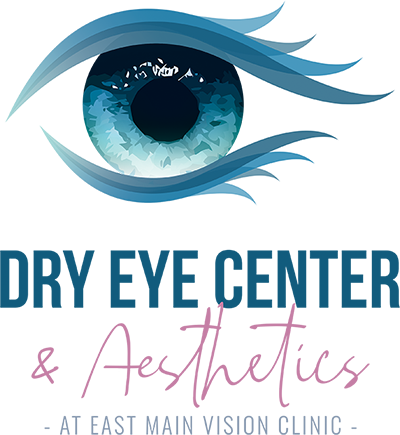April 21, 2022

As an avid reader from a very young age, the library was always one of my favorite adventure outings! Books and the ability to read take you outside the day to day and light up the imaginary mind.
Now that I am in my current job skill, I am passionate about pediatric eye exams. I recently saw that World Book Day was around the corner and wondered what it would be like to be unable to join the literacy world due to vision issues.
Luckily, I was 12 when I saw Dr. Day for the first time. I had myopia and low accommodative amplitude (simply put, my eyes had trouble focusing) which caused frequent headaches and a need for a multifocal pair of glasses.
Now, I won’t say that I am old, but at that time computers were just starting to skyrocket, and we didn’t sit and stare at phones or tablets, we read paperback books. Technology has since become even more prevalent in our day to day lives leading to more symptoms and stress on our eyes and visual symptoms.
Do you have an avid reader or maybe one that's just beginning? Let’s review some fun facts about reading:
- Reading for 6 minutes a day reduces stress by 68 percent.
- When children have a home library, as little as 20 of their own books, they achieve 3 more years of schooling than children who don't have any books at home.
- If you read just one book a day to your child, they will have been read 1825 books by their 5th birthday.
Why are all these facts so important "in our eyes" in the optometry field?
If your child cannot see to read a book it can be life affecting! Avid readers can be prone to eye strain and headaches and little ones who attempt to read but struggle, may be facing unknown vision issues.
Let’s review some interesting vision facts for children:
Vision disorders in children are common: about 1 in 17 preschoolers and 1 in 4 school age children require vision treatment.
Many children with vision disorders remain undiagnosed and untreated. Children do not usually complain about their vision, and signs of vision problems, especially in younger children, are not always obvious to others.
Most childhood vision disorders are easily treatable, often just simply with eyeglasses.
Vision screening and eye examinations are often the only way for parents, teachers, and others to understand how well a child sees.
Without treatment early in childhood, some reversible vision conditions can lead to permanent adult vision loss. Early identification and consistent treatment are paramount to success. This is especially true in myopic children and why Myopia Management at a young age is crucial.
Another thing to remember with children, functional developmental vision is not the same thing as an eye doctor that screens for eye health and anatomy. From personal experience at the schools Dr Day found 25% of children failed screenings and were asymptomatic.
We want healthy eyes and mind for all children. The best way to keep them reaching for more books is to get their eyes examined annually.
Here is to working together to "Continue turning the pages"!
If you suspect your child is facing vision issues come see us at East Main Vision Clinic or call 253-770-2732 with questions.



